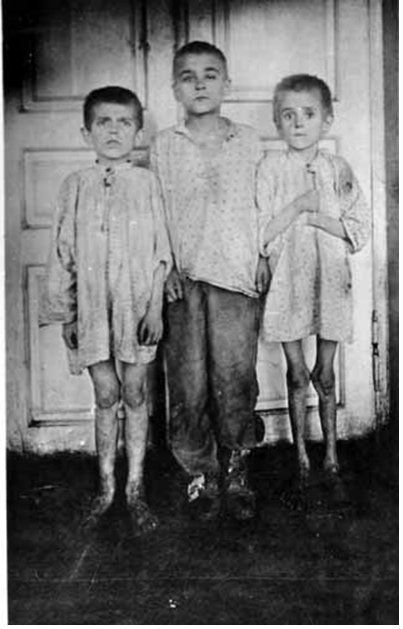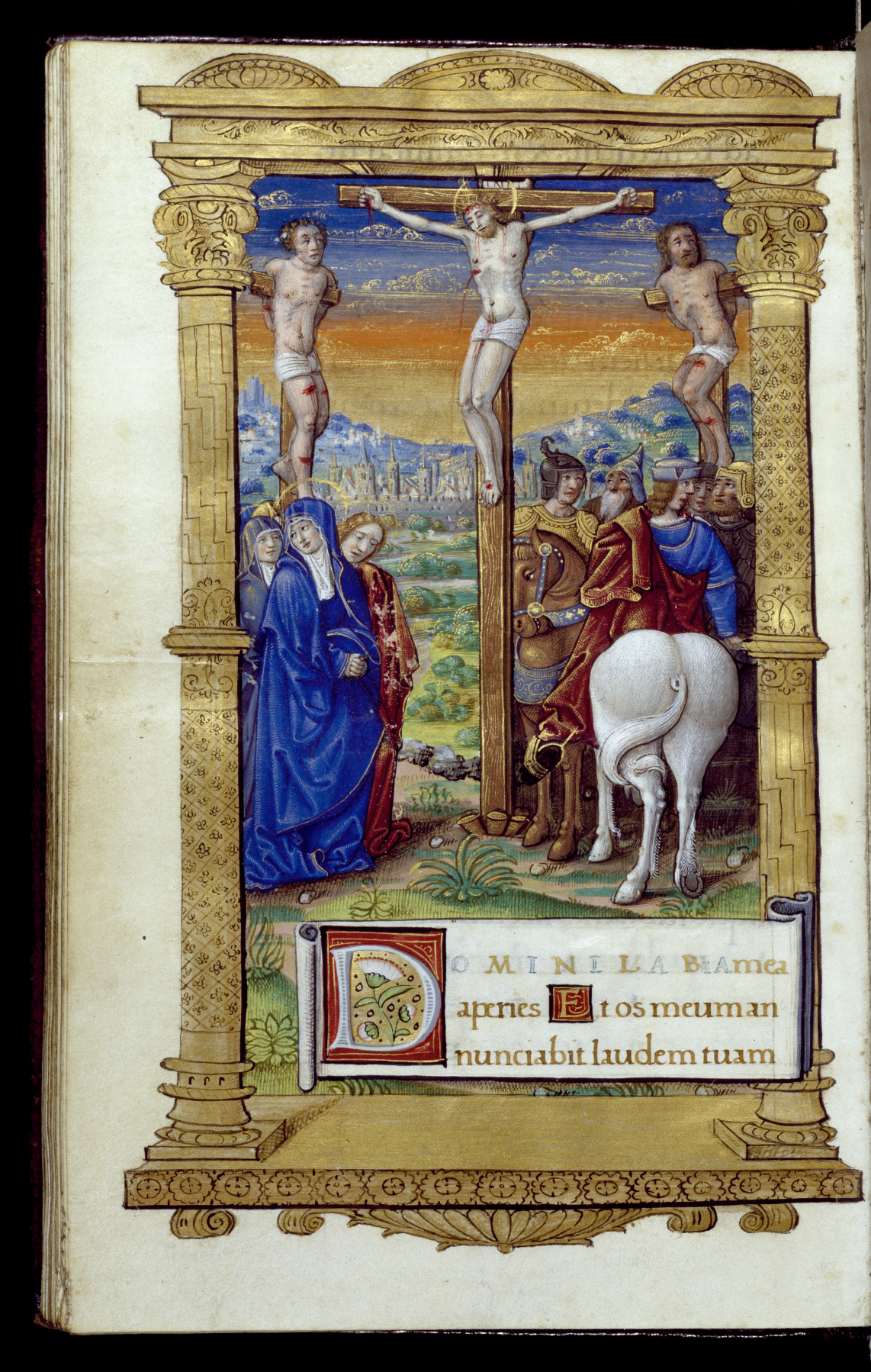|
Holy Trinity Cathedral, Dnipro
The Holy Trinity Cathedral () or the Church of the Descent of the Holy Spirit, is a 19th-century Eastern Orthodoxy cathedral of the Ukrainian Orthodox Church (UOC) in Dnipro, Ukraine. Ludwig Charlemagne-Bode and Peter Visconti designed and erected the church. It was known as the Church of the Descent of the Holy Spirit or Trinity Church during most of the 1800s. The cathedral has since become one of the city's historical landmarks. Design The cathedral is home to several shrines, including the icons of the Holy Trinity. Additionally, there are two crosses that contain fragments of the remains of saints who are honored in Orthodoxy. The iconostasis from the Kazan Cathedral and the tomb from the St. Nicholas Bryansk Cathedral are two of the relics. The cathedral is surrounded by trees and greenery. Another notable feature of the Holy Trinity Cathedral is that, in 1909, new icons and paintings were painted by the renowned Ukrainian painter Ivan Yizhakevych, who specialized in f ... [...More Info...] [...Related Items...] OR: [Wikipedia] [Google] [Baidu] |
Dnipro
Dnipro is Ukraine's fourth-largest city, with about one million inhabitants. It is located in the eastern part of Ukraine, southeast of the Ukrainian capital Kyiv on the Dnieper River, Dnipro River, from which it takes its name. Dnipro is the Capital (political), administrative centre of Dnipropetrovsk Oblast. It hosts the administration of Dnipro urban hromada. Dnipro has a population of Archeological evidence suggests the site of the present city was settled by Cossacks, Cossack communities from at least 1524. Yekaterinoslav ("glory of Catherine") was established by decree of the Emperor of all the Russias, Russian Empress Catherine the Great in 1787 as the administrative center of Novorossiya Governorate, Novorossiya. From the end of the 19th century, the town attracted foreign capital and an international, multi-ethnic workforce exploiting Kryvbas iron ore and Donbas coal. Renamed Dnipropetrovsk in 1926 after the Ukrainian Communist Party of the Soviet Union, Communist ... [...More Info...] [...Related Items...] OR: [Wikipedia] [Google] [Baidu] |
Novomoskovsk, Ukraine
Samar (), formerly known as Novomoskovsk () until 2024, is a city and municipality in Dnipropetrovsk Oblast, Ukraine. It serves as the administrative center of Samar Raion within the oblast. Samar is located predominantly on the right bank of the Samara River, a left tributary of the Dnieper River. The city is located from the administrative center of the oblast, Dnipro. As of January 2022, Novomoskovsk's population was approximately History A city with the name Samar (now known as Old Samar) has existed from the end of the 17th century. The Cossacks abandoned the town in 1688 when Russia built the Bohorodytska Fortress in the city. Soon after, the former inhabitants of the Old Samar founded another settlement named Samar upstream the Samara River. In 18th-century documents, the city is also named Samarchyk, Novoselytsia or Palanka. The town was the administrative center of the (province) of the Zaporozhian Cossacks. In 1777, a town named Yekaterinoslav, meaning "the g ... [...More Info...] [...Related Items...] OR: [Wikipedia] [Google] [Baidu] |
Mass Grave
A mass grave is a grave containing multiple human corpses, which may or may Unidentified decedent, not be identified prior to burial. The United Nations has defined a criminal mass grave as a burial site containing three or more victims of execution, although an exact definition is not unanimously agreed upon. Mass graves are usually created after many people die or are killed, and there is a desire to bury the corpses quickly for sanitation concerns. Although mass graves can be used during major conflicts such as war and crime, in modern times they may be used after a famine, epidemic, or natural disaster. In disasters, mass graves are used for infection and disease control. In such cases, there is often a breakdown of the social infrastructure that would enable proper identification and disposal of individual bodies. Background Definitions Many different definitions have been given. The Bournemouth Protocol on Mass Grave Protection and Investigation focuses on circumstan ... [...More Info...] [...Related Items...] OR: [Wikipedia] [Google] [Baidu] |
Canonical Hours
In the practice of Christianity, canonical hours mark the divisions of the day in terms of Fixed prayer times#Christianity, fixed times of prayer at regular intervals. A book of hours, chiefly a breviary, normally contains a version of, or selection from, such prayers. In the Roman Rite of the Catholic Church, canonical hours are also called officium, since it refers to the official prayer of the Church, which is known variously as the ("divine service" or "divine duty"), and the ("work of God"). The current official version of the hours in the Roman Rite is called the Liturgy of the Hours () or ''divine office''. In Lutheranism and Anglicanism, they are often known as the daily office or divine office, to distinguish them from the other "offices" of the Church (e.g. the administration of the sacraments). In the Eastern Orthodox Church, Eastern Orthodox and Byzantine Rite, Byzantine Catholic Churches, the canonical hours may be referred to as the Divine Service (Eastern Or ... [...More Info...] [...Related Items...] OR: [Wikipedia] [Google] [Baidu] |
Reichskommissariat Ukraine
The ''Reichskommissariat Ukraine'' (RKU; ) was an administrative entity of the Reich Ministry for the Occupied Eastern Territories of Nazi Germany from 1941 to 1944. It served as the German civilian occupation regime in the Ukrainian SSR, and parts of the Byelorussian SSR, Russian SFSR, and eastern Poland during the Eastern Front of World War II. ''Ukraine'' was established after the early success of the ''Wehrmacht''s Operation Barbarossa from territory under the military administration of Army Group South Rear Area. The German civil administration was based in Rovno (Rivne) with Erich Koch serving as the only '' Reichskommissar'' during its existence. ''Ukraine'' was part of the Generalplan Ost which included the genocide of the Jewish population, the expulsion and murder of some of the native non-Jewish population, the settlement of Germanic peoples, and the Germanization of the rest. The SS and their ''Einsatzgruppen'', with active participation of the Order Police ... [...More Info...] [...Related Items...] OR: [Wikipedia] [Google] [Baidu] |
Soviet Anti-religious Legislation
The government of the Soviet Union followed an unofficial policy of state atheism, aiming to gradually eliminate religious belief within its borders. While it never officially made religion illegal, the state nevertheless made great efforts to reduce the prevalence of religious belief within society. To this end, at various times in its history it engaged in anti-religious persecutions of varying intensity and methodology. Believers were never officially attacked for being believers, but they were officially attacked for real or perceived political opposition to the state and to its policies. Letters of Metropolitan Sergii of Vilnius at en.wikisource.org. These attacks, however, in the broader ideological context, were meant to serve the ultimate goal of eliminating religion, and the perceived political opposition acted as a legal pretext to carry this out. Thus, although the Soviet Union was officially a secular state and guaranteed freedom of religion in its constitutions, ... [...More Info...] [...Related Items...] OR: [Wikipedia] [Google] [Baidu] |


